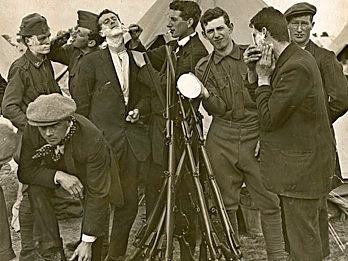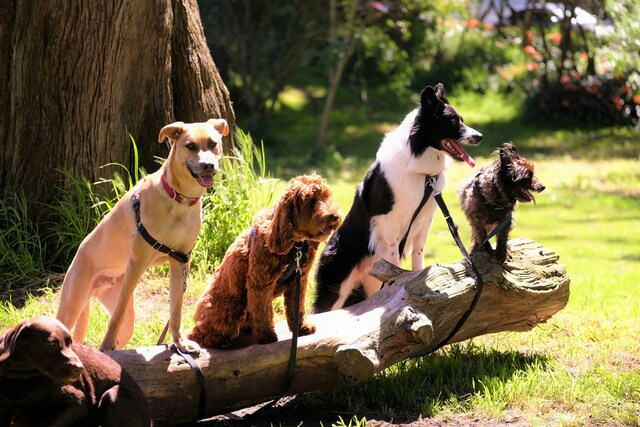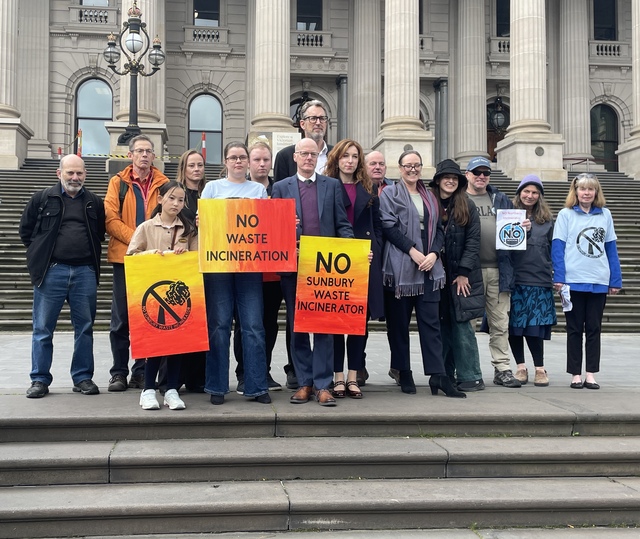By Helen Grimaux
Next month is the centenary of the start of “the Great War” and 100 years since Broadmeadows found itself at the epicentre of Victoria’s World War I effort.
The European crisis started with Austria declaring war on Serbia on July 28, 1914. Its ally Germany took on Russia on August 1 and France on August 3, then it invaded Belgium.
Britain declared war on Germany on August 4 – and it was on.
Two weeks and one day afterwards, Maygar Barracks was set up in Broadmeadows to handle the enlistment of Victorian men in the Imperial Forces, as the Australian regiments assigned to the British Army were then known.
The Broadmeadows camp was named for this state’s first Victoria Cross winner, Leslie Maygar (for his actions in 1901 during the Boer War). The barracks were built on the grounds of the former Mornington Park estate on Camp Road, and the regiment formed there in 1914 was the 6th Light Horse, which eventually became the 8th Light Horse Regiment.
The camp was a central enlistment point for, mostly, army volunteers. Many thousands of men walked along Sydney Road from Melbourne after signing up – and what had been known as Broadmeadows Road was renamed Camp Road.
While it was within walking distance of the city, Broadmeadows proved not to be ideal.
An extract from Broadmeadows Historical Society records reads: “On the first Sunday, 23rd August, 20,000 people visited the camp. Not anticipating this number, the Railways Department had to rush extra trains [
steam, of course] to cope. While the weather was reasonable for the remainder of 1914 and into 1915, heavy rain set in [during autumn 2015] and conditions at the camp were such that the parade grounds were a sodden mess of mud and water, drains became clogged up, tents leaked. Sickness started to spread throughout the camp, ending up where some deaths occurred. Newspapers started to report on the health problems at the camp.”
The upshot was that the Minister for Defence announced the transfer of training to Seymour. The military stayed on at Broadmeadows and the camp was used as a finishing camp for recruits who’d done their initial training at Royal Park.
During World War II, the camp was again used, but Seymour had become the main training area. Afterwards, the Broadmeadows barracks became a resettlement centre/hostel for people displaced from post-war Europe and the Middle East. The hostel remained until the mid-1970s, fuelling the immense growth of industry in the area.
Hume council will exhibit photographic prints of the Broadmeadows camp and portraits of soldiers from World War I at Broadmeadows Global Learning Centre next month. The photographs are from the collection of Algernon Darge, who set up a photographic studio at the camp to cater to the demand for studio portraits of recruits in their new uniforms.
Departure Point – Broadmeadows Camp Through The Eyes Of Algernon Darge will be on exhibition from August 4 until September 15.







